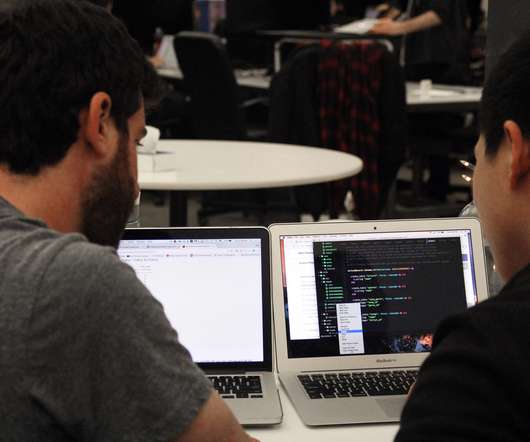PROOF POINTS: Rural American students shift away from math and science during high school, study finds
The Hechinger Report
JULY 12, 2021
More and more jobs require training in science, technology, engineering and math. Bureau of Labor Statistics, occupations in these fields are projected to grow 8 percent by 2029, more than double the growth rate of non-scientific professions. According to the U.S. That’s a large 4 percentage point gap.















Let's personalize your content